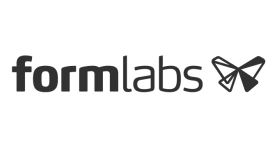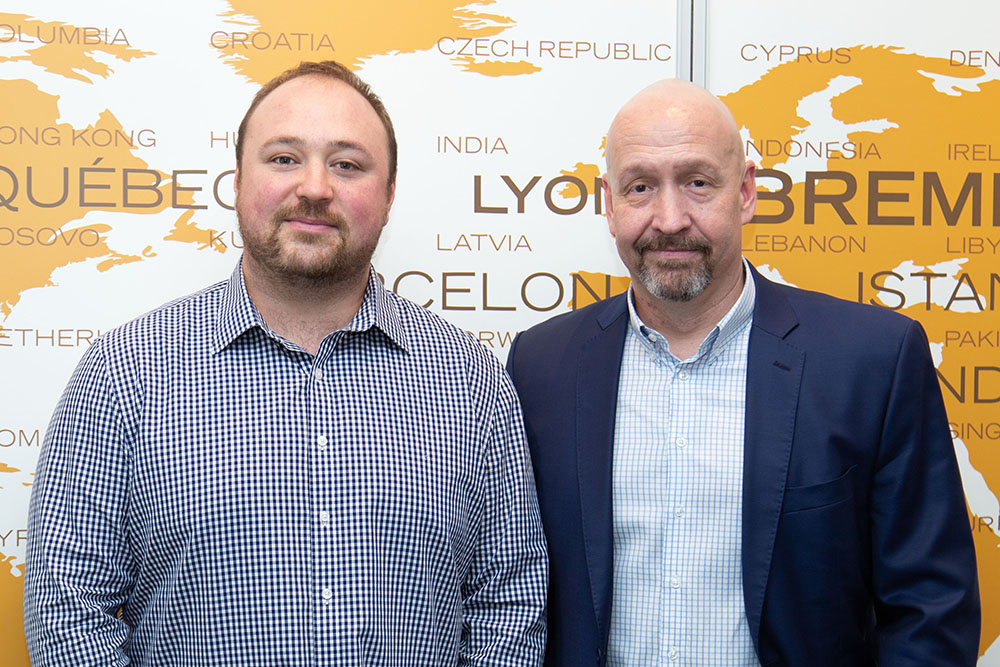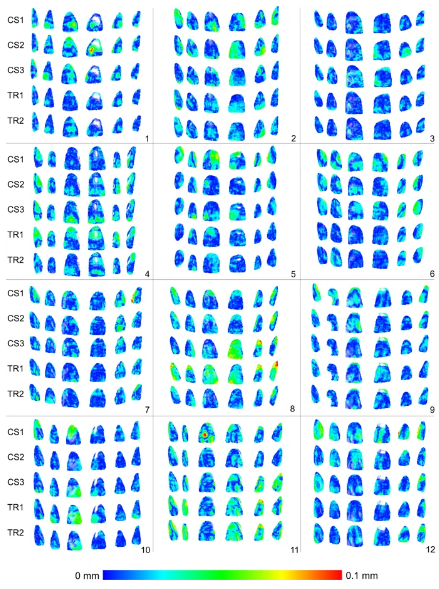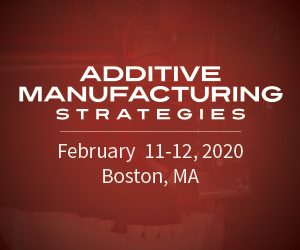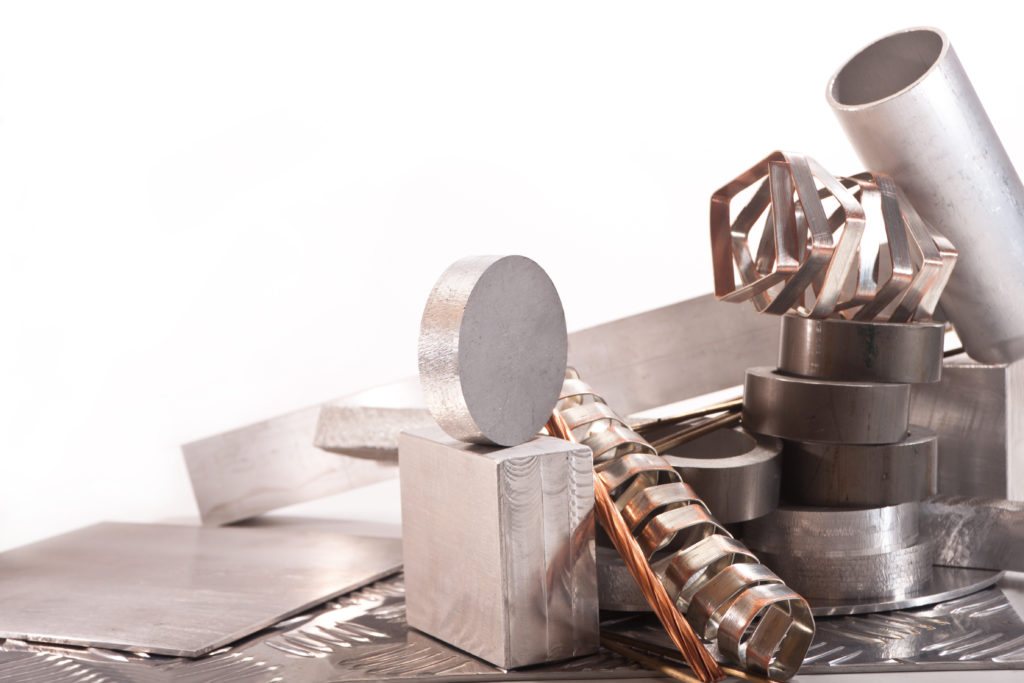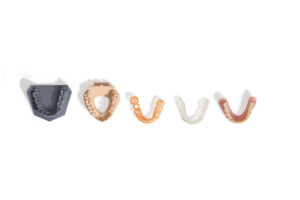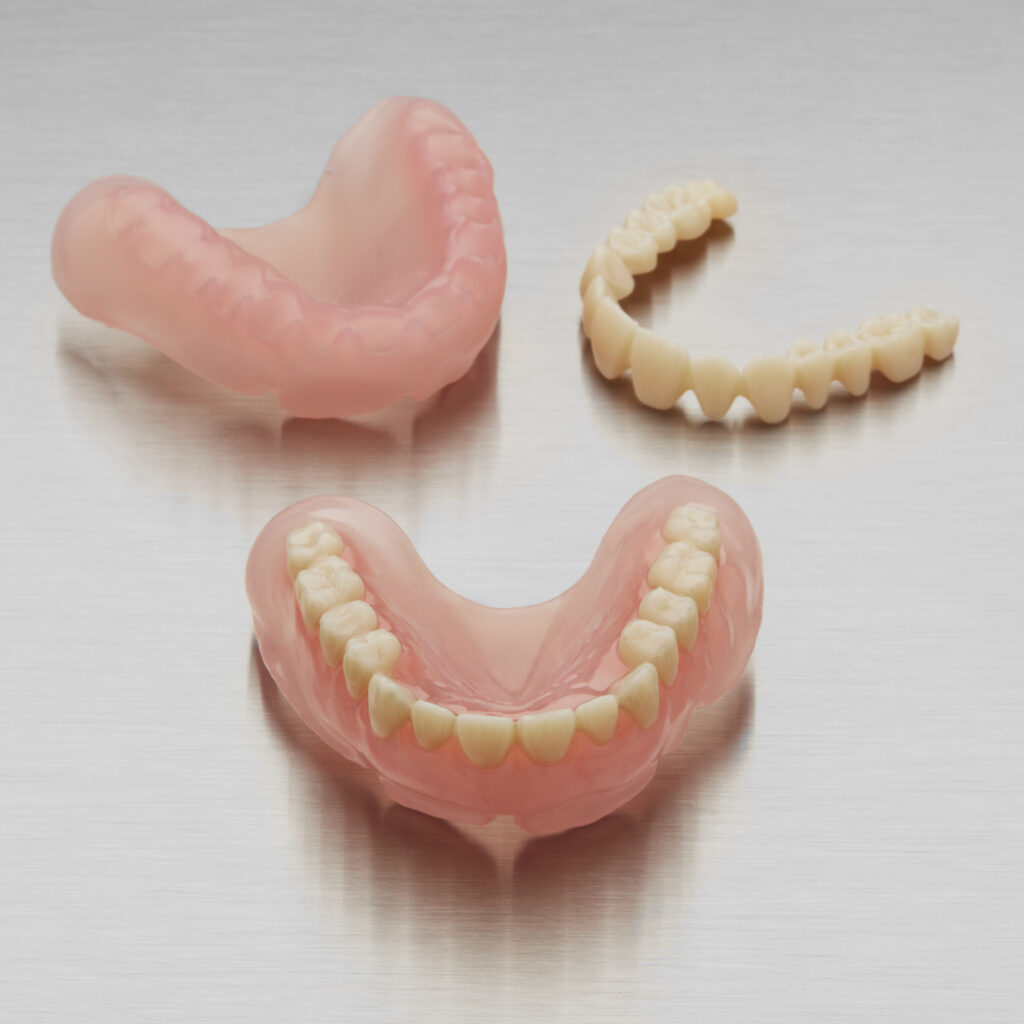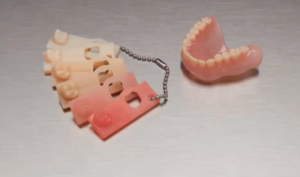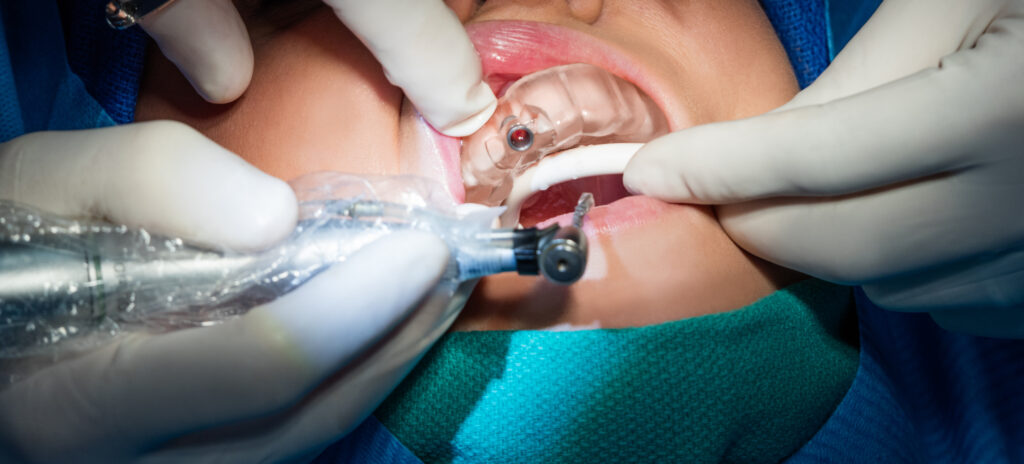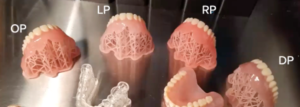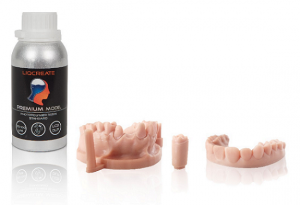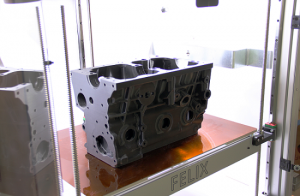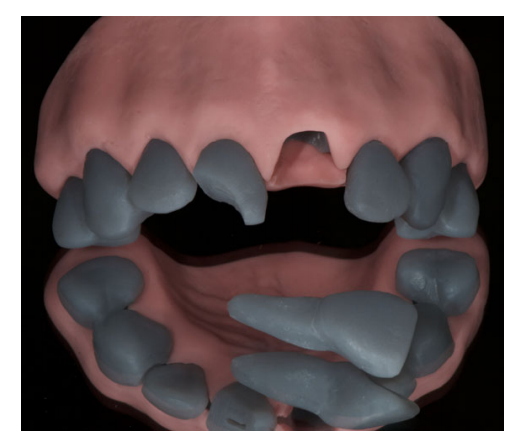For Lab Day 2020, a number of 3D printing companies are rolling out their dental 3D printing product lines. This year, there’s the sense that there is a change taking place within the dental additive manufacturing (AM) space as systems manufacturers move beyond simply presenting their latest wares and, instead, present integrated product suites that tackle entire dental workflows. This reflects a larger trend within the AM space in which the industry is working to create integrated solutions for each vertical.

Dental materials from EnvisionTEC are pre-loaded in exocad’s exoprint module. Image courtesy of EnvisionTEC.
The latest Lab Day announcement comes from EnvisionTEC, who has partnered with dental CAD/CAM software developer exocad to integrate their products. For the past year, EnvisionTEC and exocad collaborated to develop a “seamless workflow” between exocad’s DentalCAD software and EnvisionTEC’s Envision One RP software using an open XML-based interface. The exoprint tool is meant to streamline the digital workflow from an intraoral scan through design and 3D printing.
EnvisionTEC is positioning its Envision One cDLM Dental 3D printer as the best system for this workflow. Using a continuous digital light processing (DLP) technique, the Envision One prints at rapid speeds and produces objects without visible layers and with isotropic properties.
The new exoprint tool from EnvisionTEC represents continued industry integration, which is also evidenced by 3D Systems’ release of a new software workflow for 3D printing up to 30 orthodontic models in a single print. The workflow relies on the NexDent 5100 3D printer, NextDent Model 2.0 Software, and 3D Sprint software, the last of which includes a new auto-stacking feature that automatically prepares and places dental models on the build plate using smart nesting and proprietary support structures.
Neither of these tools is quite as extensive as the latest solution from Prodways, which announced the introduction of its Clear Aligners Manufacturing Ecosystem at the event. The ecosystem is made up of a complete workflow for the fabrication of patient-specific dental aligners, from scanning to thermoforming the aligners on 3D-printed models. Throughout the process there are automated and semi-automated steps, including an automatic platform loader and unloader, a semi-automatic thermoforming module, and an automatic laser marking and trimming module.
Now that 3D printers themselves are becoming industrialized and capable of large batch production, the next step seems to include integrating them into target industries. The medical and dental industries, as SmarTech predicted, has been a prime sector for AM growth, often acting as a prototype for how the technology will be integrated in other verticals. Former 3D Systems CEO Vyomesh Joshi, for instance, was extrapolating the business practices of his company’s Healthcare division onto other verticals.
We are also seeing vertical integration in the footwear segment, specifically with orthotics, in which foot scanner manufacturers, orthotic software developers, 3D printer hardware manufacturers and traditional orthotics companies are partnering to create complete ecosystems. Prosthetics makers are following a similar suit, as are general industry manufacturers with regard to custom grippers.
There is a more complex integration of AM into aerospace manufacturing, though the process is more involved and rely on specific business-to-business interactions. Honeywell, for instance, is qualifying the AM processes of a number of companies, while also qualifying quality control software and hardware from Sigma Labs.
At the same time, metal AM hardware manufacturers are attempting to create elaborate ecosystems for more general production environments. These ecosystems include the AM Factory of Tomorrow concept from GE Additive, the DMP 8500 Factory Solution from 3D Systems, and the Scale4Series from Additive Industries. All of these feature automated workflows for powder supply and part removal, as well as stations for heat treatment and finishing of metal parts.
As much as one might be skeptical about companies actually achieving these complex, automated ecosystems, it’s always surprising to see the milestones reached on the way to the complete picture. Prodways’ aligner ecosystem itself is an impressive one that represents just one accomplishment on the road to complete automation. Whether complete automation will ever be reached, given our current ecological state, or even desirable, given the issues faced by labor in our existing economic system, are different questions altogether.
The post EnvisionTEC-exocad Partnership Signals Industry Integration appeared first on 3DPrint.com | The Voice of 3D Printing / Additive Manufacturing.


